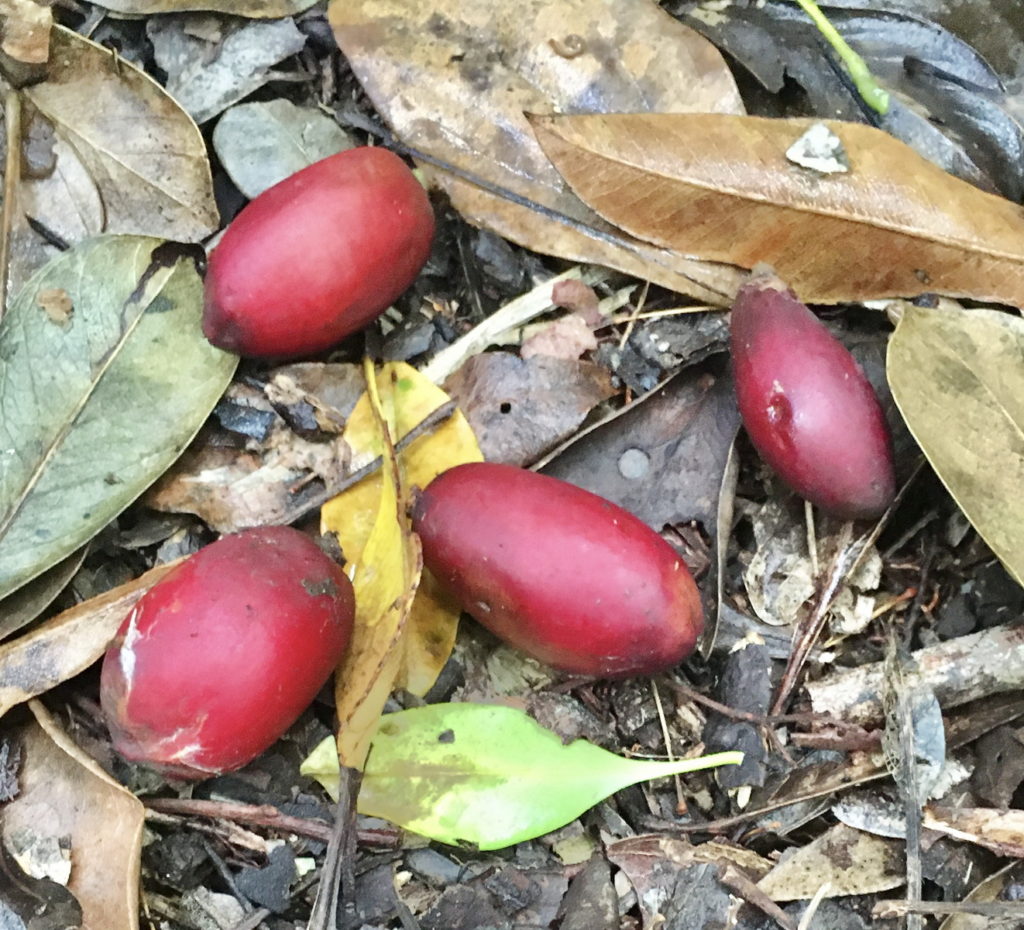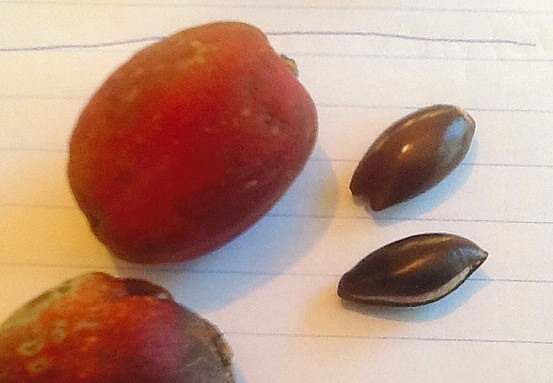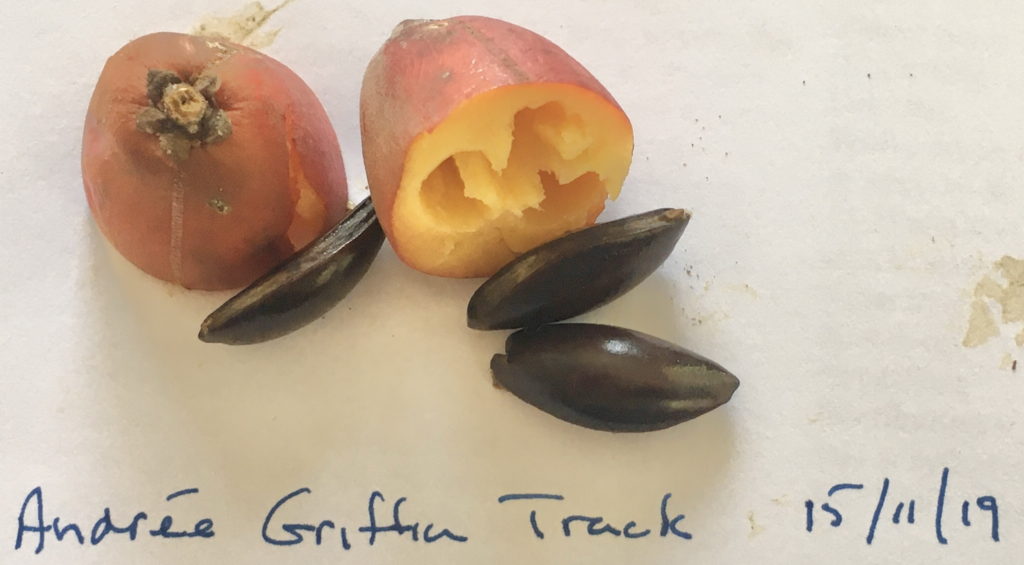The inaugural Paluma After Dark walk around the Village occurred after several hot and dry days and my expectations for sighting of larger vertebrates were not high. There was a group of 5 including Julie Bligh, Juanita and two day-visitors (Russel and Joel) from Townsville who decided to delay their return in order to join us. Our brief walk took us out along the Witt’s Lookout track for ~100m and then to McClelland’s Lookout and the lower car park before returning to Potters Park via Lennox crescent.
There was plenty of eyeshine to be seen reflecting back from our torches, but they were almost exclusively from small wolf spiders roaming the ground in search of prey, and various moths resting on leaves. There were no frogs calling and only a few crickets faintly chirping. We were buzzed by several small insectivorous bats swooping past the street light at the back of Lennox Cr, but they were too fast-moving to identify.
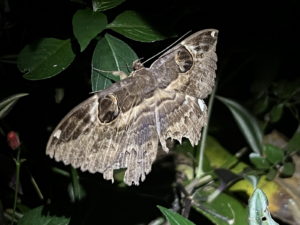
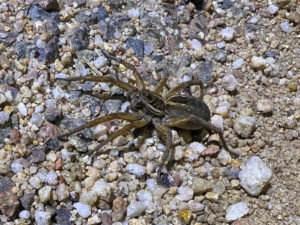
Andi Cairns made a suggestion in the post for this event that we should bring UV lights to look out for fluorescent lichen, and Juanita was able to scrounge up 4 small lights from COVID RAT tests we have purchased. These were great fun to use on leaves and trunks, revealing distinctive red colours to the undersurfaces of some leaves and complex multicoloured patterns on trunks. No distinctly fluorescent lichens were found, but the highlight of the night came when Julie noticed that one of the thick smooth green vines that occur along village tracks (White Supplejack) was glowing brightly in the UV light and looking like some otherworldy snake winding its way up to the forest canopy. Words can’t really do it justice so I hope the picture shows why it was it was so memorable.


You can never tell what interesting things will present themselves when you go out into the rainforest so I encourage everyone to come along on our next night walk in about 2 months. UV torches will be part of our standard kit from now on!
Text and photos by Jamie Oliver

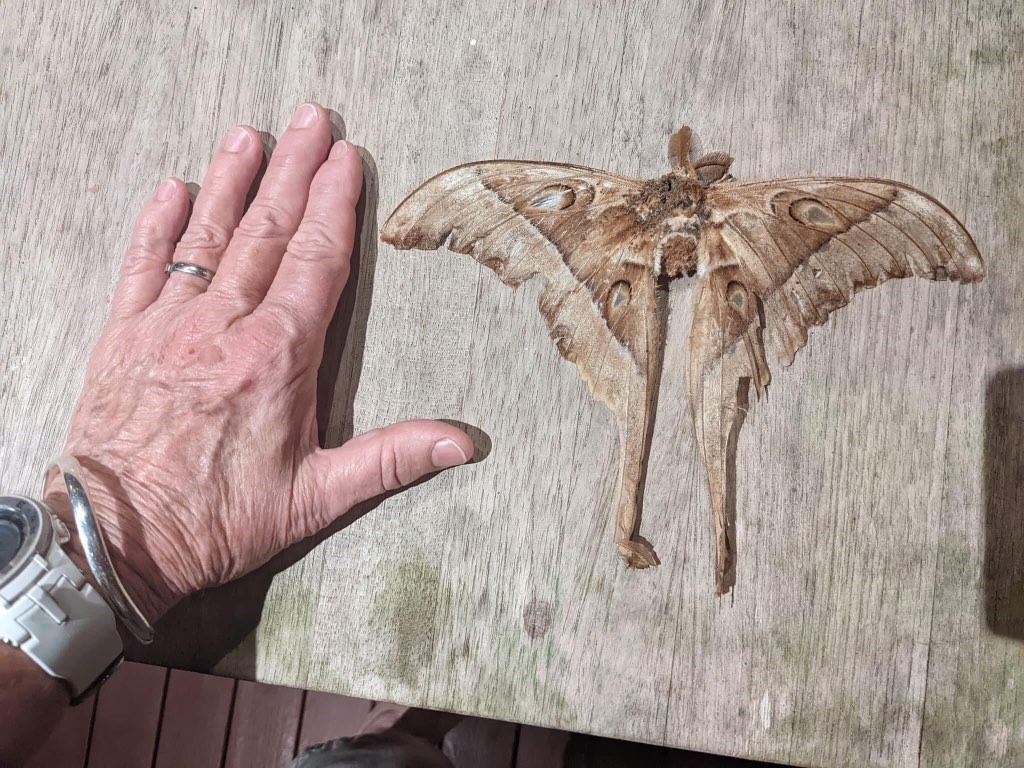
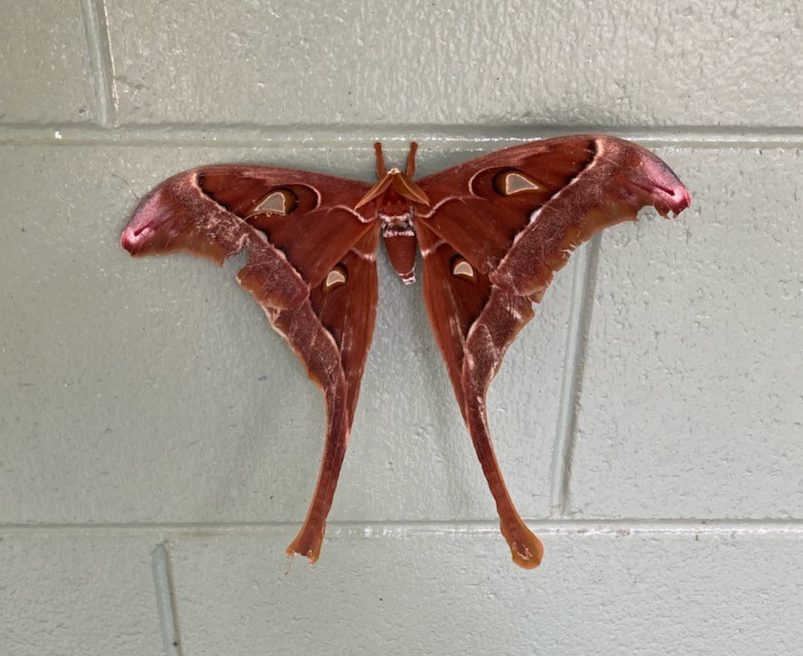

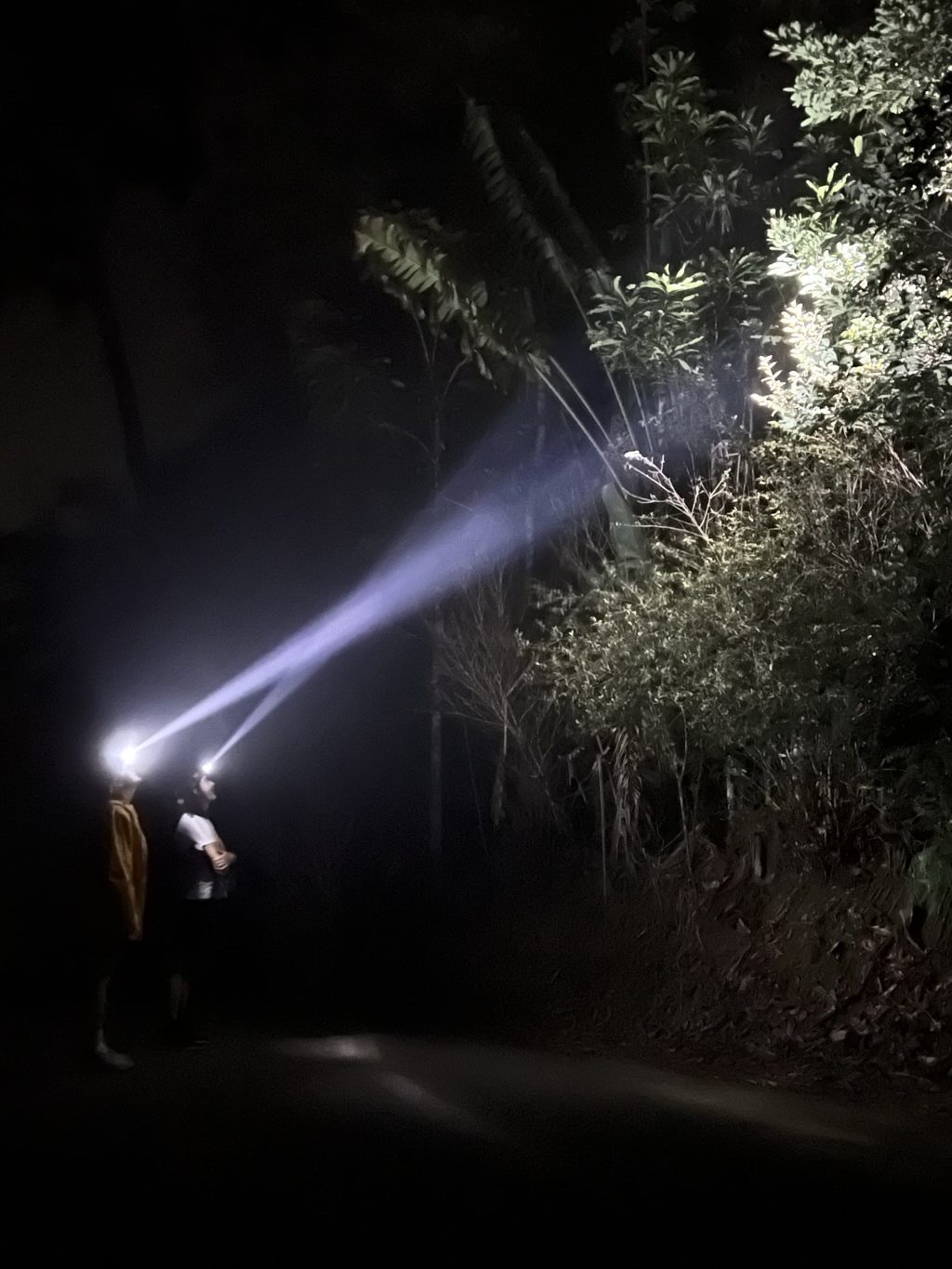

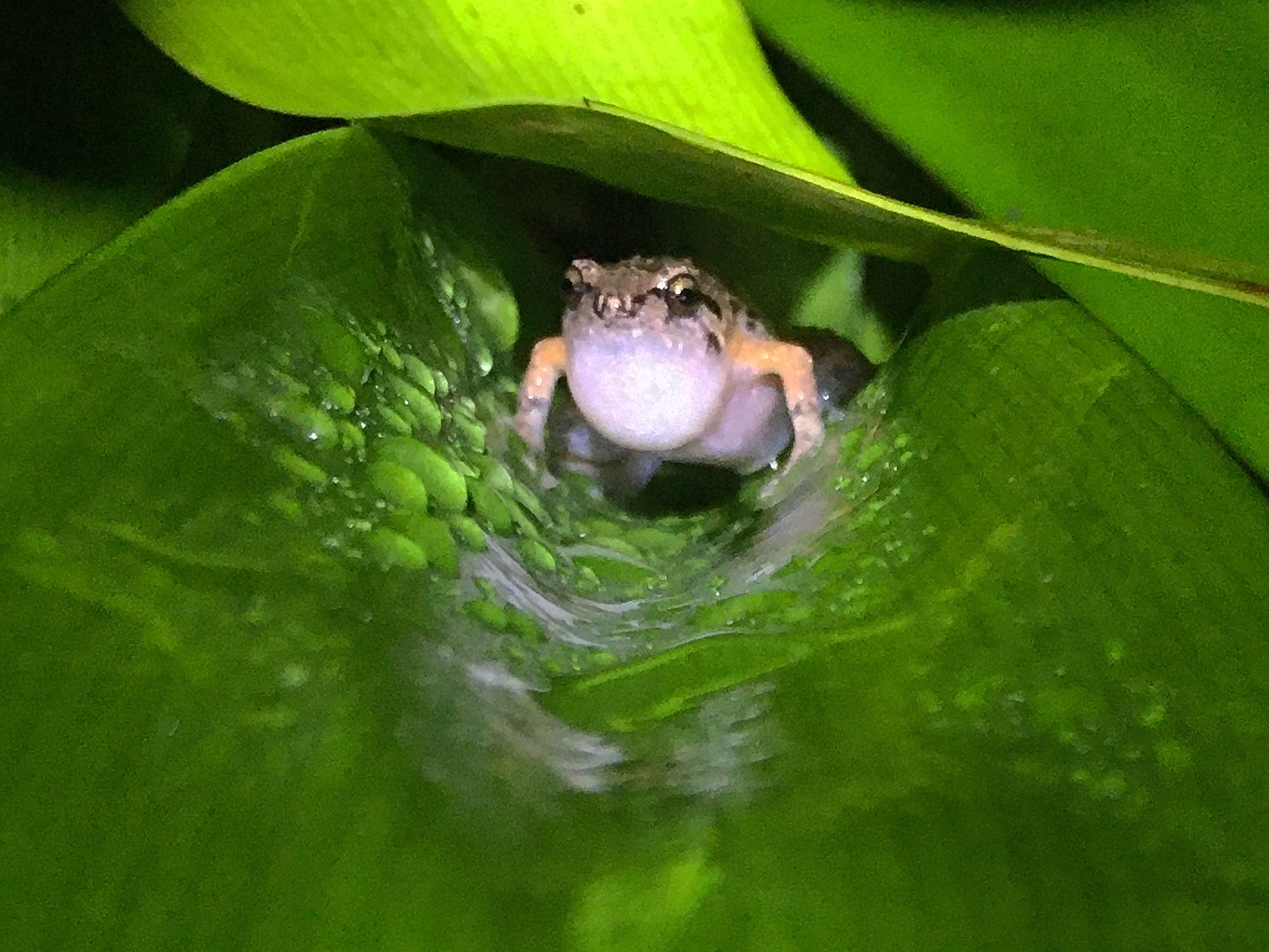
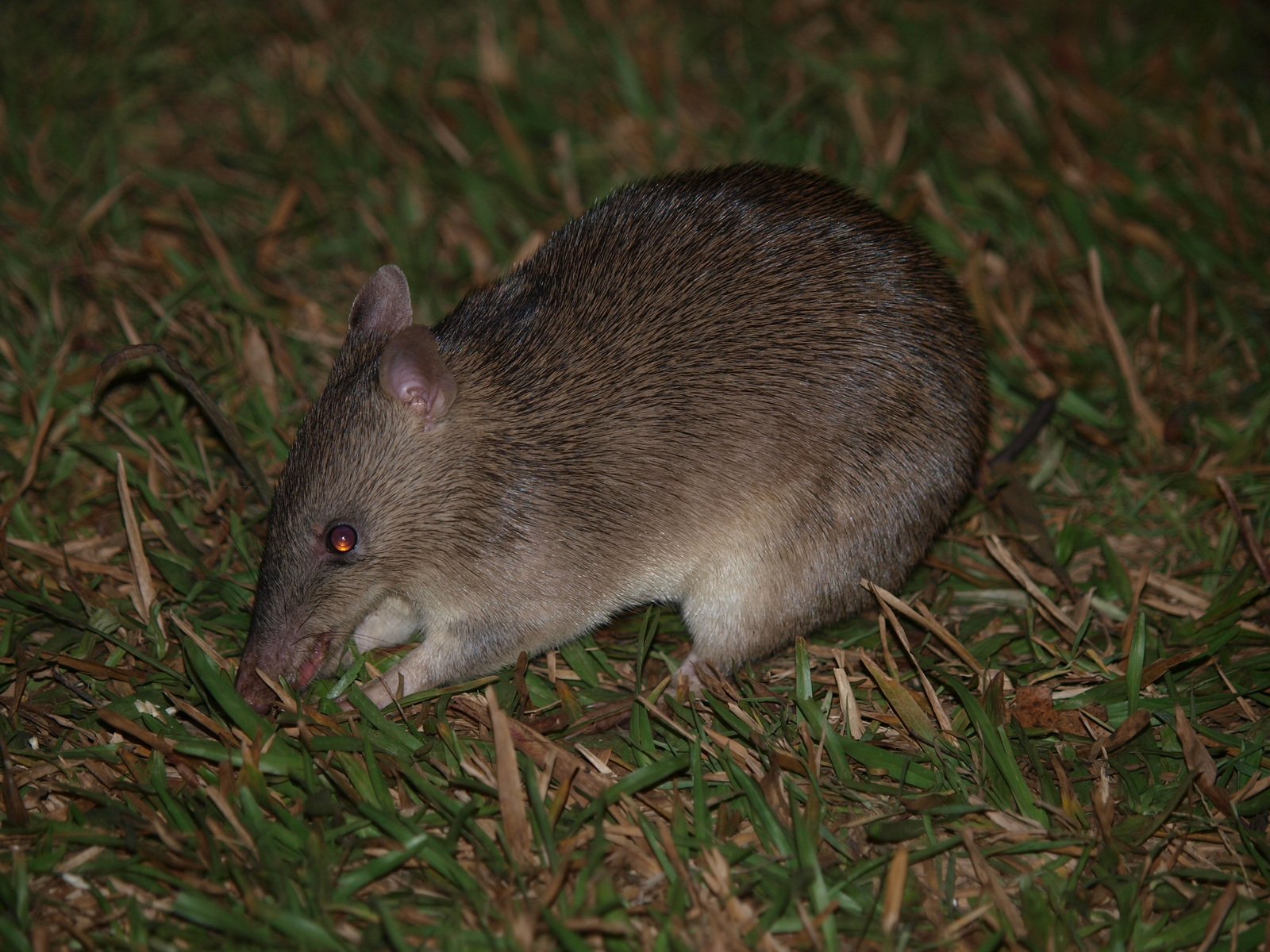
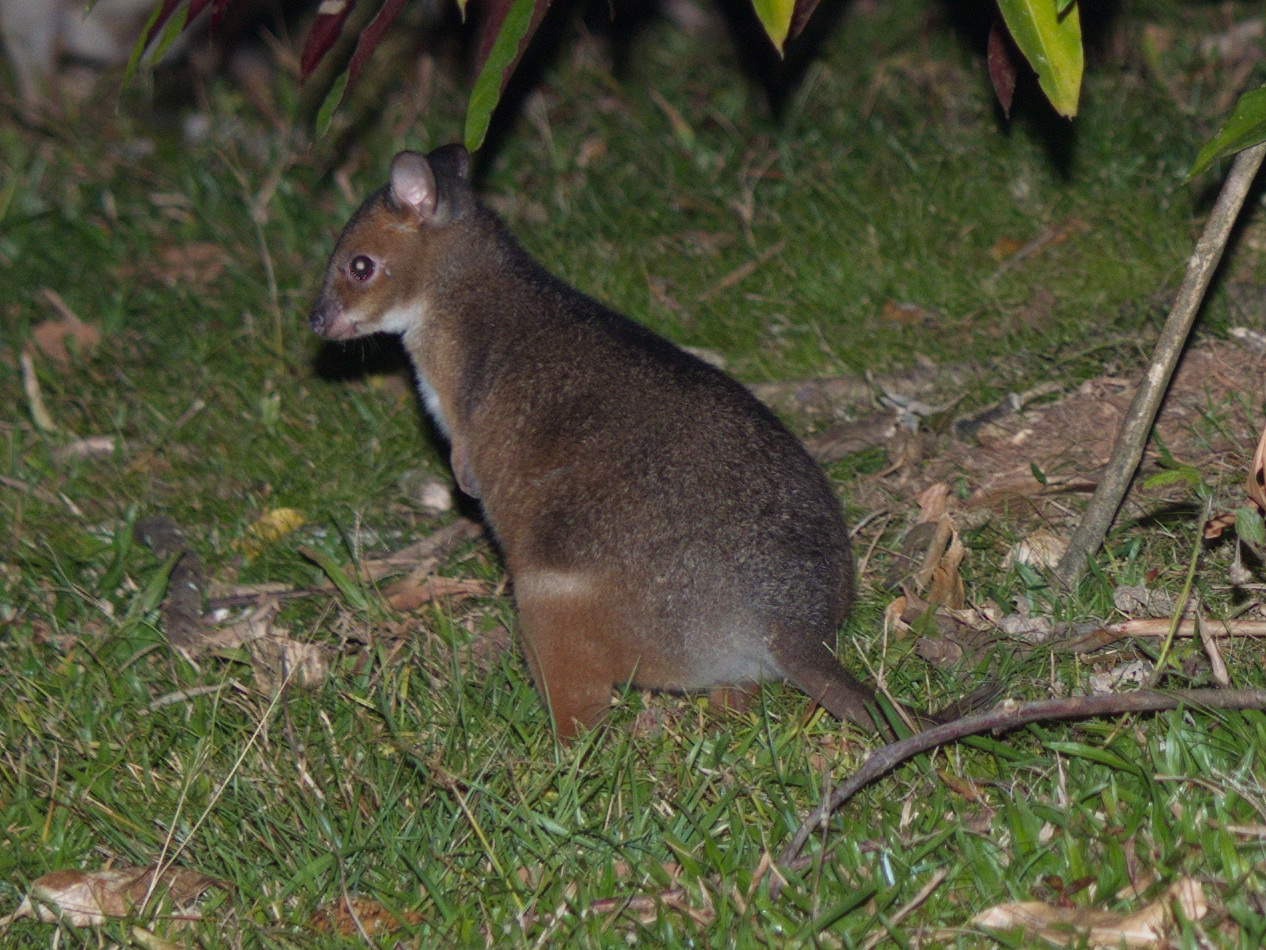
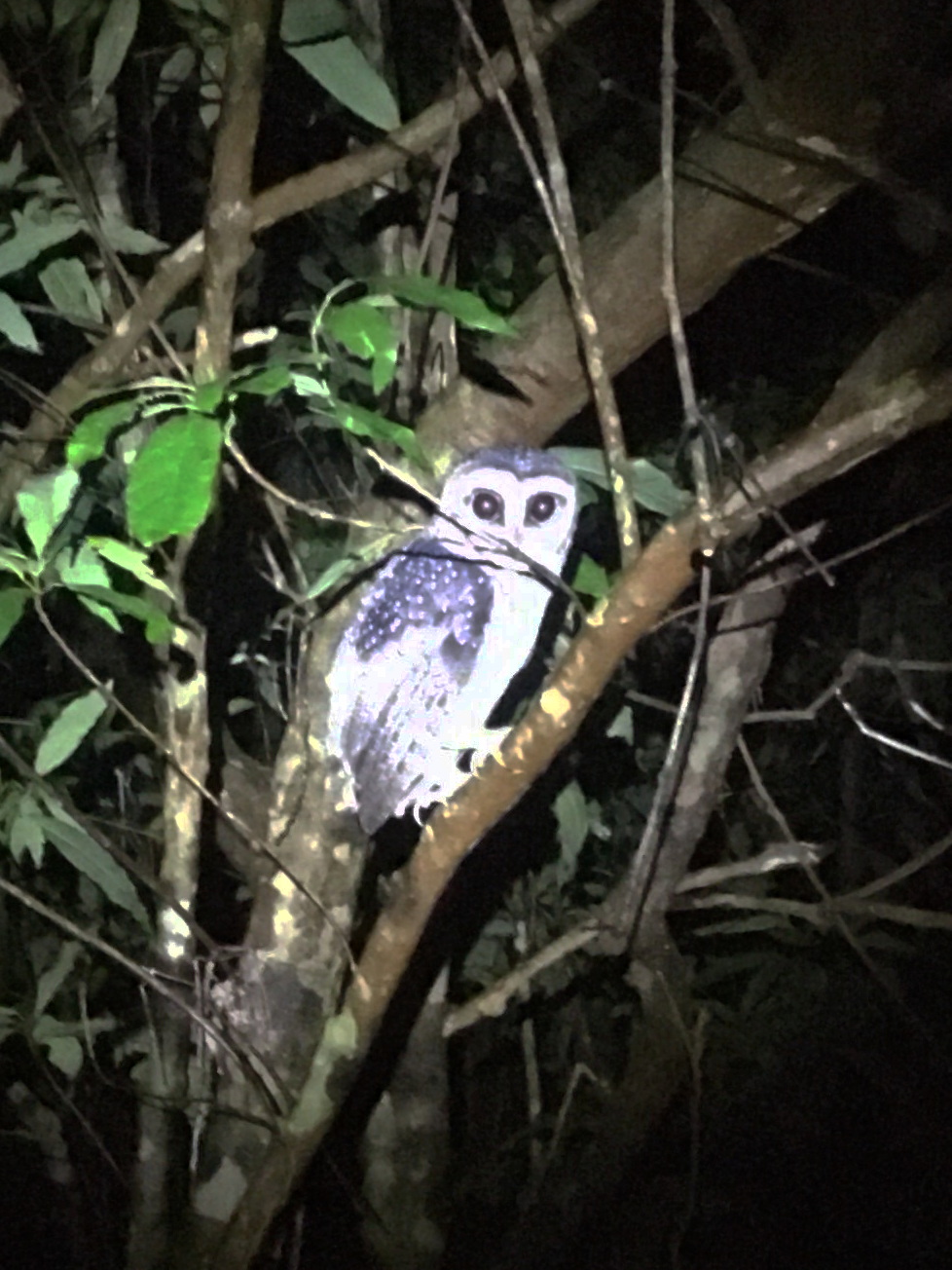
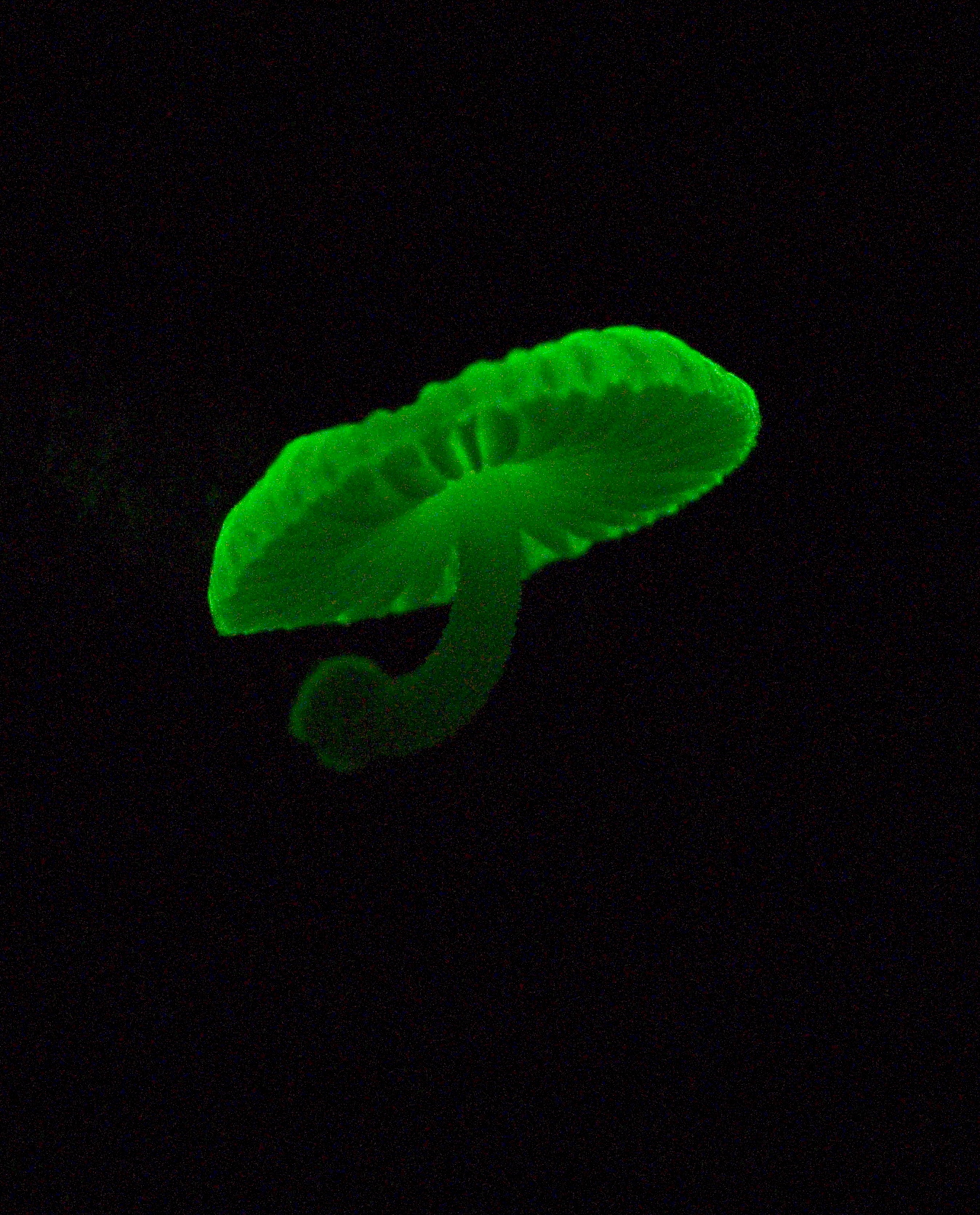

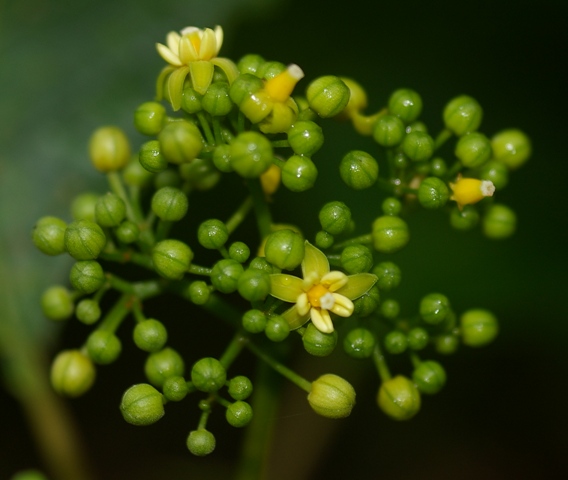
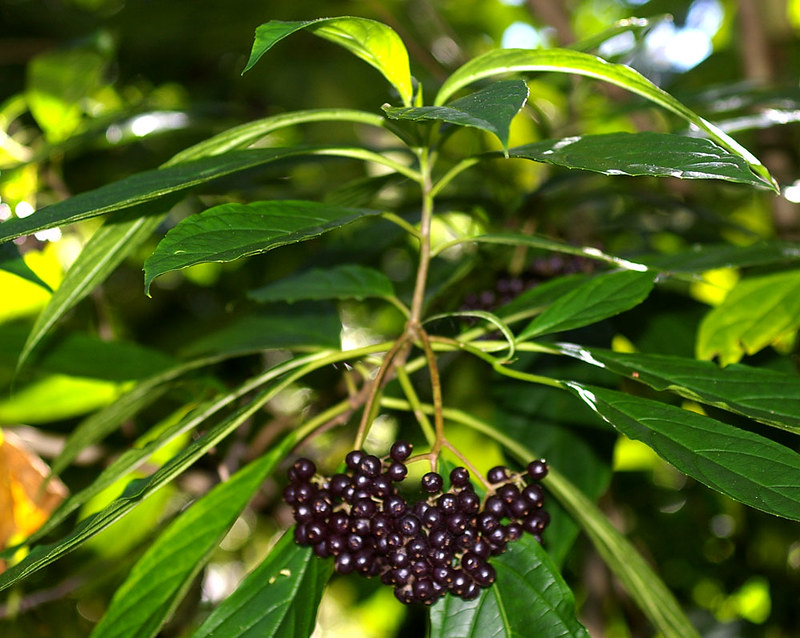
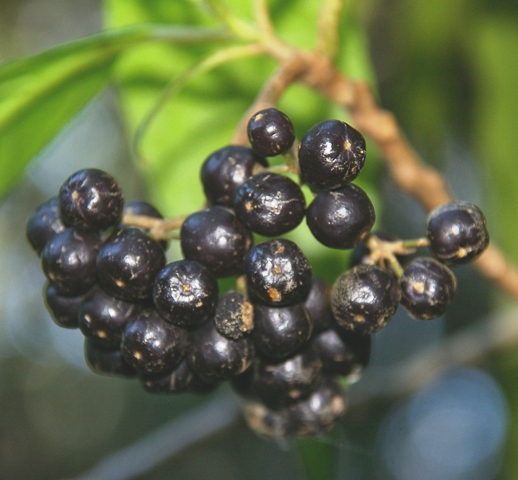
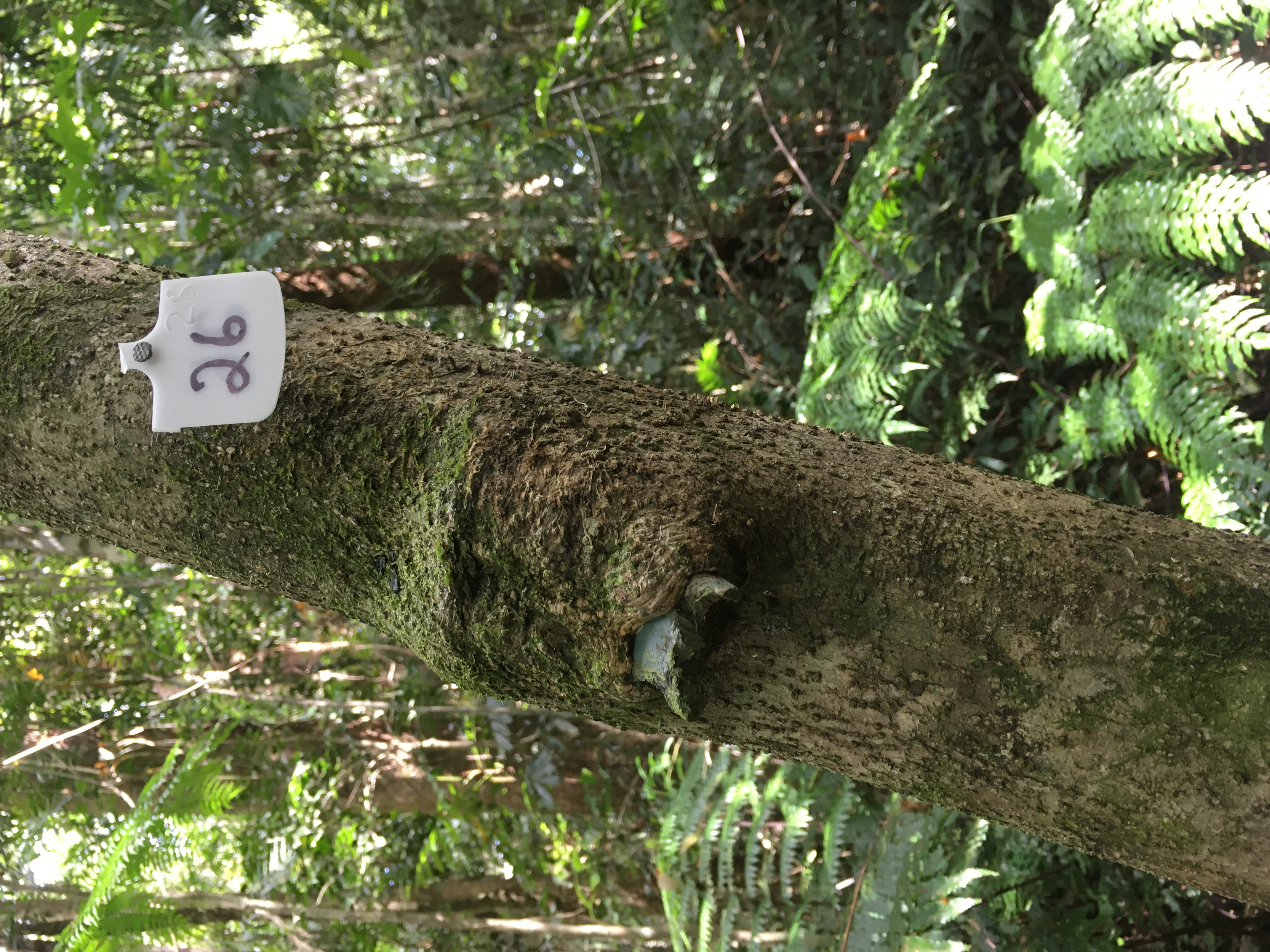
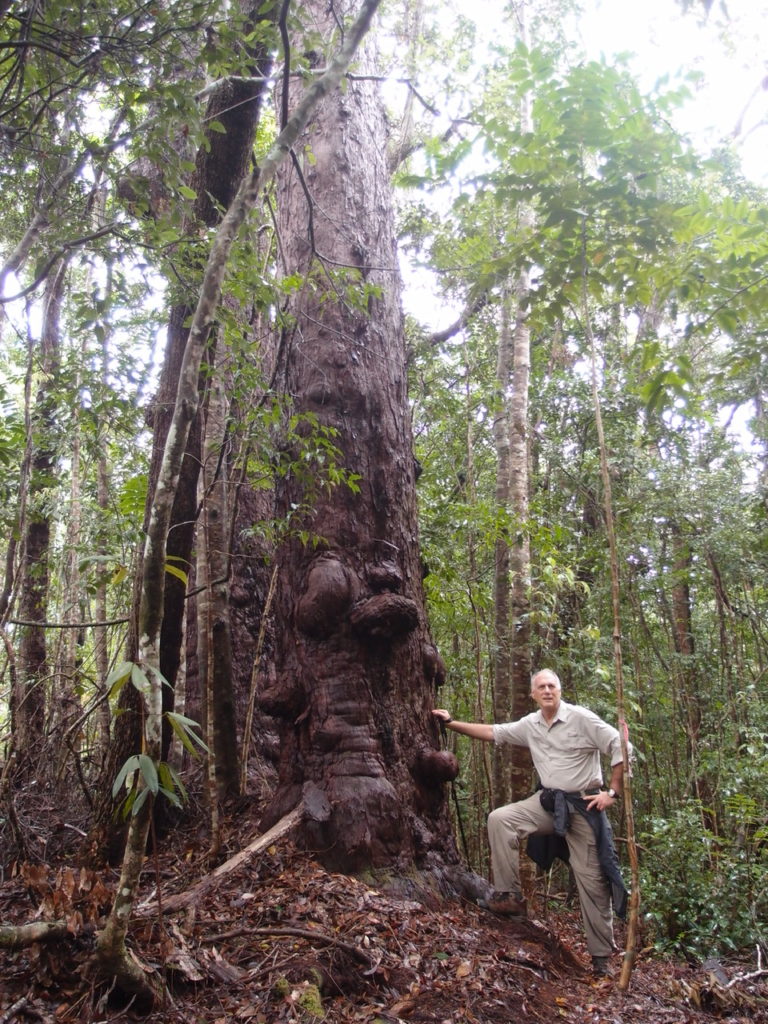
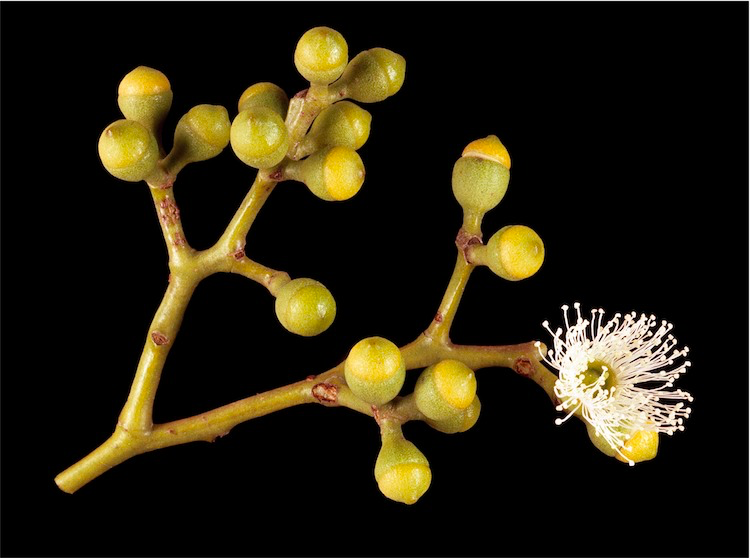
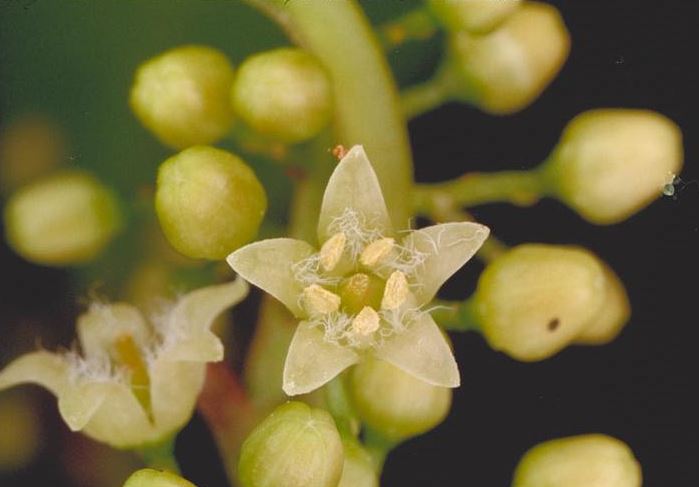
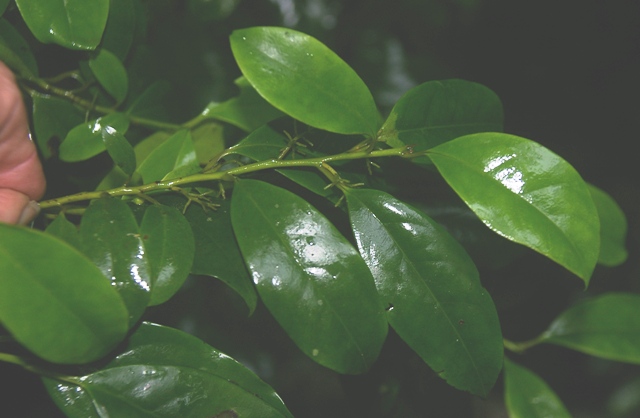
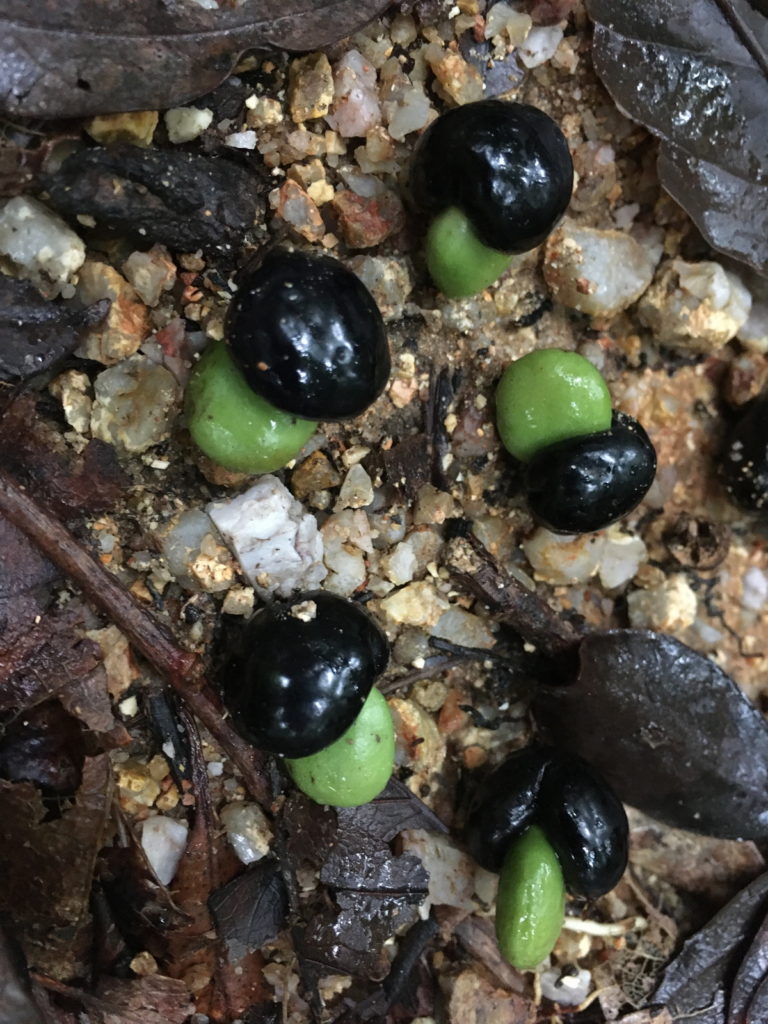
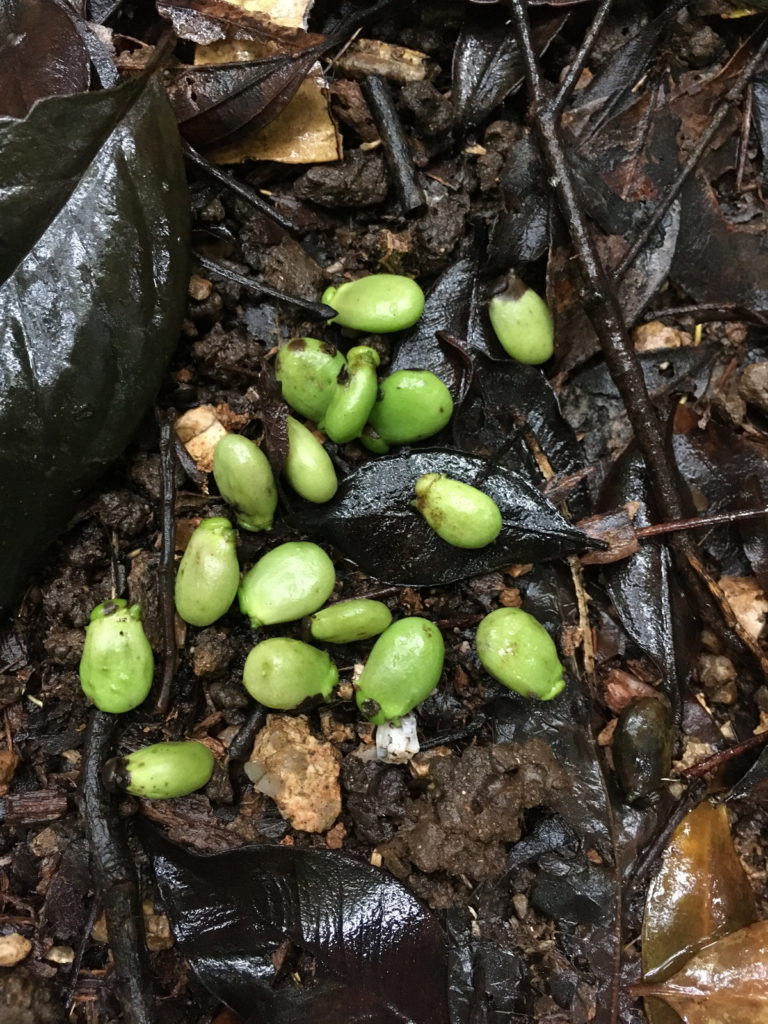
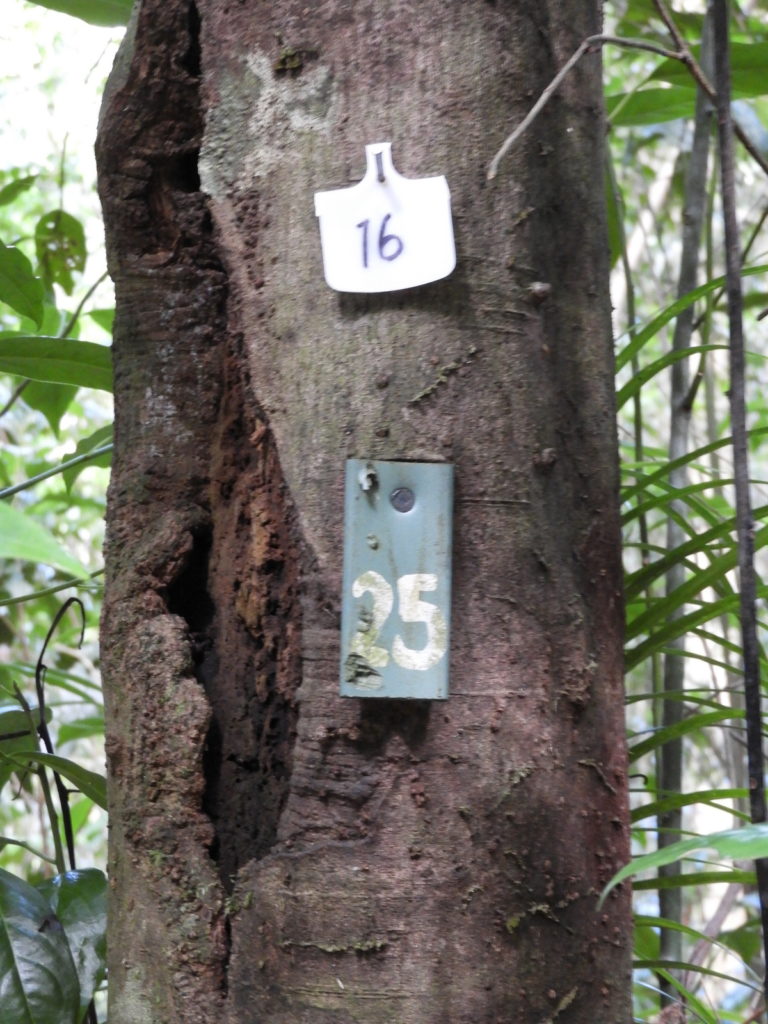
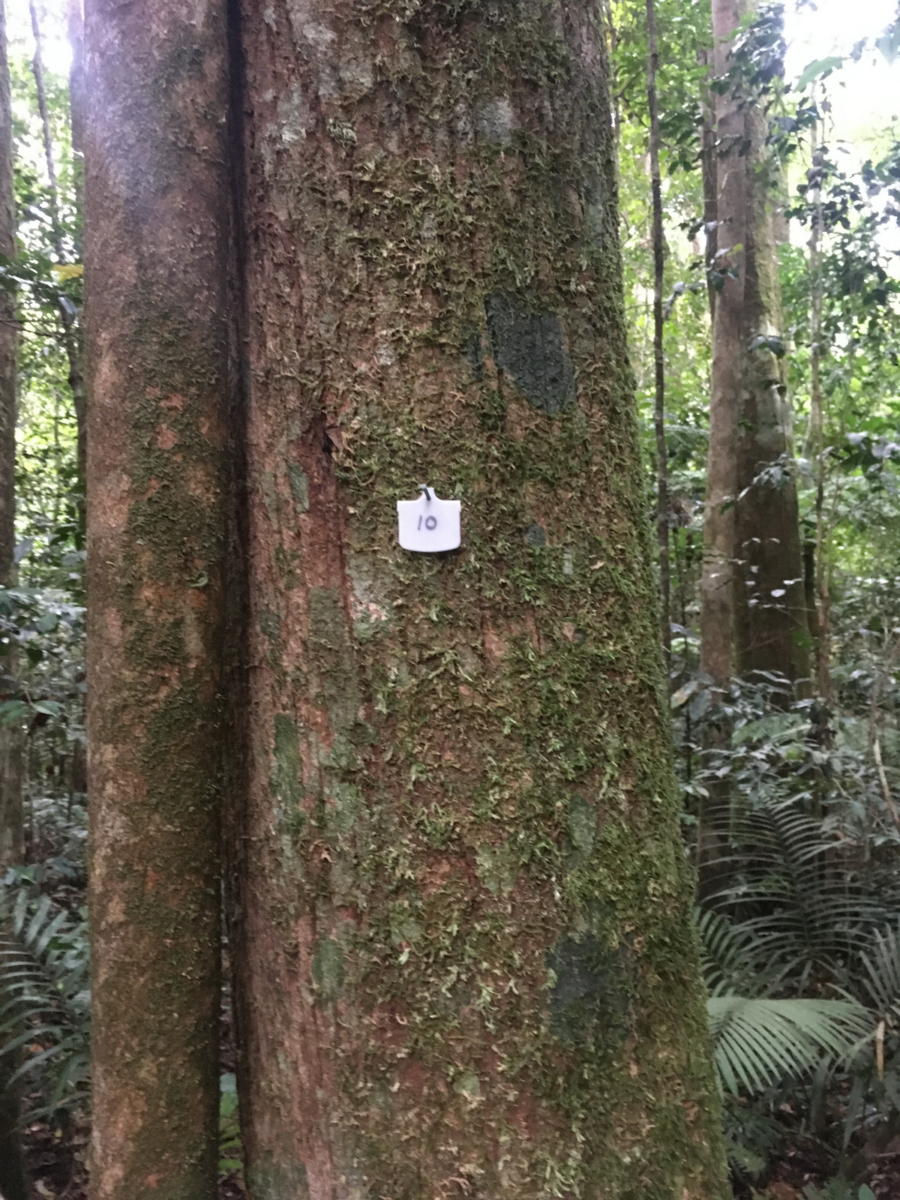
.jpg)
